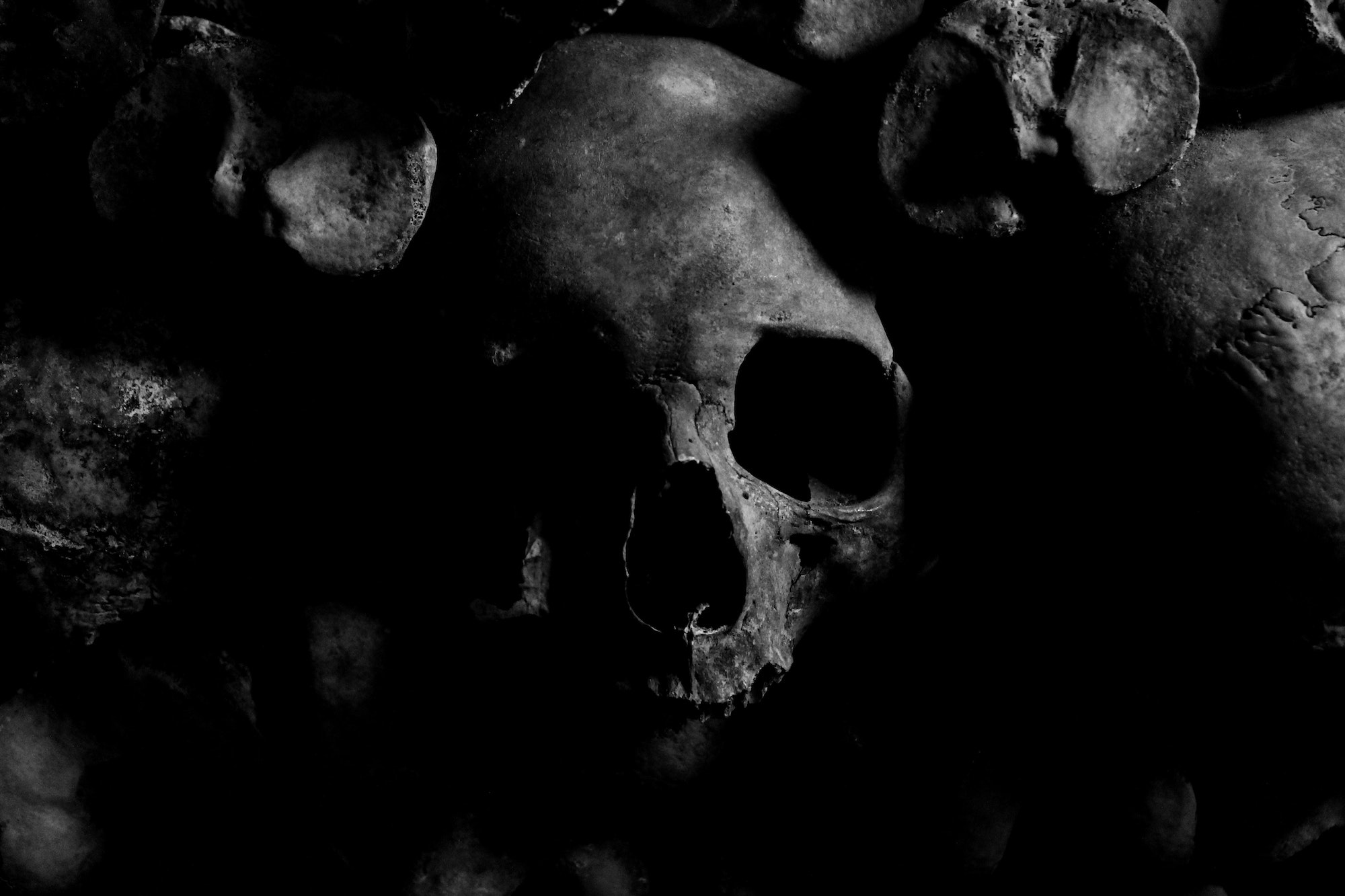Plagued for millennia: The complex transmission and ecology of prehistoric Yersinia pestis
DOI:
https://doi.org/10.25250/thescbr.brk723Keywords:
Plague, Yersinia pestis, human disease, Stone Age, ancient DNAAbstract
The plague bacterium Yersinia pestis is known as one of the most infamous and deadliest pathogens in human history. Using archaeogenetics we reconstructed 17 ancient genomes from the late Neolithic and Bronze Age in Eurasia to explore its early diversity and evolution. Our data suggest ecological differences between these prehistoric strains and modern as well as other pandemic Y. pestis strains.
Original article reference
Andrades Valtueña, A., Neumann, G. U., Spyrou, M. A., Musralina, L., Aron, F., Beisenov, A., Belinskiy, A. B., Bos, K. I., Buzhilova, A., Conrad, M., Djansugurova, L. B., Dobeš, M., Ernée, M., Fernández-Eraso, J., Frohlich, B., Furmanek, M., Hałuszko, A., Hansen, S., Harney, É., … Herbig, A. (2022). Stone Age Yersinia pestis genomes shed light on the early evolution, diversity, and ecology of plague. Proceedings of the National Academy of Sciences, 119(17). https://doi.org/10.1073/pnas.2116722119

Downloads
Published
Issue
Section
License
Some rights reserved 2023 Aida Andrades Valtueña, Gunnar U. Neumann, Alexander Herbig

This work is licensed under a Creative Commons Attribution-ShareAlike 4.0 International License.



